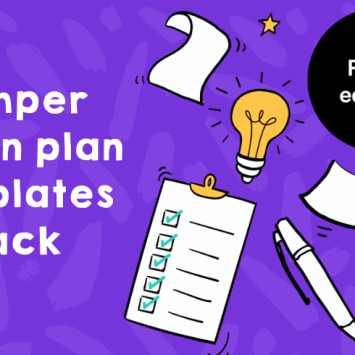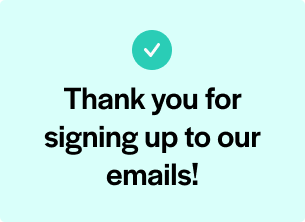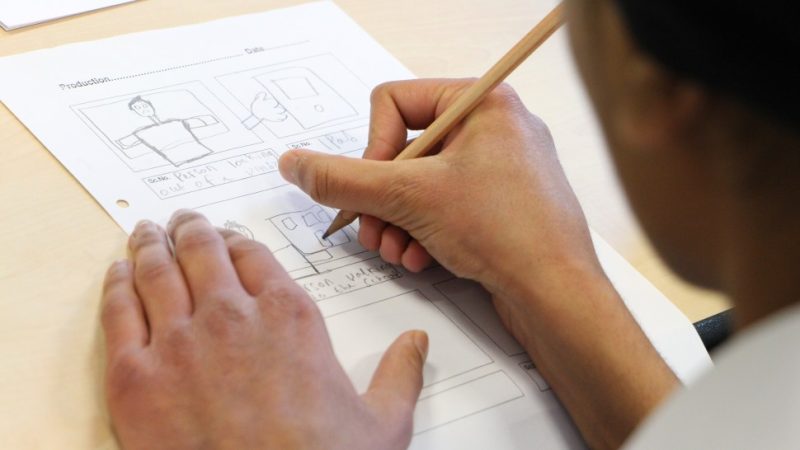Assessment in primary schools – Do you need a shared framework?

Is your school’s approach to evaluation and feedback feeling convoluted and cumbersome? A shared assessment framework could be just what you need…

The government removed levels for assessment in primary schools in September 2014. I, alongside the rest of the teaching profession breathed a sigh of relief. Finally the future of assessment was filled with possibilities and a freedom to create something simple; something owned at school level; and something that would allow teachers to make decisions about how best to help their pupils flourish in the classroom.
Fast forward to 2023 and the question we need to ask ourselves is, has our approach at school level achieved this and truly made assessment simple?
Throughout the last decade I have supported schools and trusts to reflect on their approaches to assessment. I often find that methods haven’t radically changed in years.
Throughout the last year, I have worked with many schools who are starting to question why they do certain things. These include having three or more assessment points, which typically happen in December, April and June. Or, creating targets and predictions that are inevitably unrealistic, but fill a box on some kind of grid for somebody else!
The shift in these schools, is that they have begun the process of redefinition. They are actively re-examining and re-evaluating their approach, with a view to transform it into something much more impactful.
This has been possible with the development of a shared assessment framework.
What is a shared assessment framework?
A shared assessment framework is a powerful tool, devised at school level. Above all, it offers a single primary school or a group of schools within a Trust the opportunity to create a clear vision for stripping back assessment.
It works by guiding the schools to reflect on what they do and why, rethinking what approaches they need, and transforming the way the school or Trust understands the decisions about how assessment functions as part of the school system.
Firstly, audit the current approach and gathering stakeholder views to gain an understanding of what is working. You also need to consider what you need to change or redefine; this is possible through holding a range of learning conversations.
What does a shared assessment framework do?
As a single document, it details and streamlines the approach taken. This allows schools to focus on what is essential, while removing unnecessary processes. This in turn frees up time to focus on classroom practice.
Crucially, when created collectively, it allows schools to identify the aligned processes which will take place across the academic year.
Essentially, an effective framework should be based around six core aspects:
- A defined and thoughtfully curated assessment calendar, setting out the tasks/activities for each month in the academic year and who is involved.
- An overview of data capture, in terms of what you will gather, when it will take place, and who is responsible.
- A clear description of what the assessment points are within the year and the rationale behind when these happen.
- An explanation of how you conduct cohort learning conversations (often called pupil progress meetings), and their impact.
- An outline of the cross school/trust collaboration opportunities available to support the development of professional creativity.
- A clearly understood outline of the reporting arrangements to stakeholders that provides the right information to the right people at the right time.
How to create a framework
Through working together on each of the six aspects, teachers, leaders and those responsible for governance are able to create a framework that:
- Provides a common language that all staff use and understand.
- Outlines clear and consistent protocols around what assessments are conducted and when.
- Provides all stakeholders with relevant information at identified points across the year. This should align with the assessment information that has been collected and collated.
- Enables all staff to understand the different processes involved in data collection, cohort learning conversations and reporting arrangements.
- Utilises opportunities for collaboration both within and beyond the school or Trust to develop best practice and share expertise. E.g. the development of in-house writing portfolios; instructional coaching around strategies/techniques; or year group or subject specific networks to share expertise.
Auditing assessment in primary schools
When school leaders take a critical look at their systems and structures, while taking time to have conversations with staff, pupils and stakeholders at all levels, they can build up a realistic understanding of the whole assessment experience.
As leaders we need to walk in the shoes of our teachers to truly experience and appreciate their reality. Then we need to ask ourselves, is what we are doing right? Is what we are doing making a difference?
Simple questions such as, “How do you use the data you generate or are provided with?”, or “What are your views on the way we collect attainment data?” are a great starting point for reflection.
These basic queries start to build a picture of the lived experience of assessment in school. Just reflect on how often you take the time to stop and ask why.
Remember that a shared assessment framework aims to make it clear what the school approach is, and should be a coproduced document that enables all stakeholders to understand their roles/responsibilities.
At its heart, it aims to support teachers to spend more time teaching, and allows pupils to focus more on the art of learning, by releasing them from unnecessary paperwork, unproductive tasks, unhelpful meetings and the need to capture or discuss information that makes no difference to learning.
In addition, it enables leaders and governors/trustees to support and challenge the quality of education through offering the opportunity to spend more time looking at a wider evidence base, rather than just attainment or progress data, as can often be the case.
All it takes is a conversation and someone to take the initiative to get going. Maybe today is the day to begin redefining assessment in your school?
8 steps to a shared assessment framework
- Audit the current systems and structures that are in place for assessment through a range of conversations with teachers, leaders, parents, pupils and governors/trustees. The goal is to understand their experiences of what already exists.
- Map out what happens for assessment between September and August, and reflect as colleagues on why these activities take place and what impact they have – whether positive or negative.
- Reflect on how many assessment points exist, and if it’s three or more, consider what the thinking behind this is. Is there merit in just having one or two instead?
- Decide what assessment information you need (e.g. raw scores, contextual information, teacher annotations, or percentages of particular items/groups), who is responsible for it and how you’ll store it.
- Make decisions about what assessment information you need to share, with whom, and when.
- Design cohort learning conversations that support teachers to understand their classes, enable the right provisions to be put in place for pupils, and highlight the professional development adults within the cohort need to enable success.
- Collate all this information together into a simple document, divided into the six clear sections outlined above.
- Finally, communicate the framework to all stakeholders by ensuring that there is a shared understanding of its purpose and through a thorough reviewing process.
Andrew Rhodes is an ex primary headteacher, former SLE and director of Redefining Education Ltd. Follow Andrew on Twitter @RedefinitionLtd











